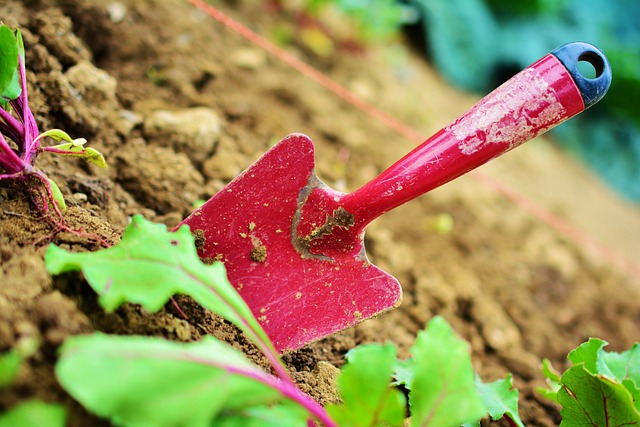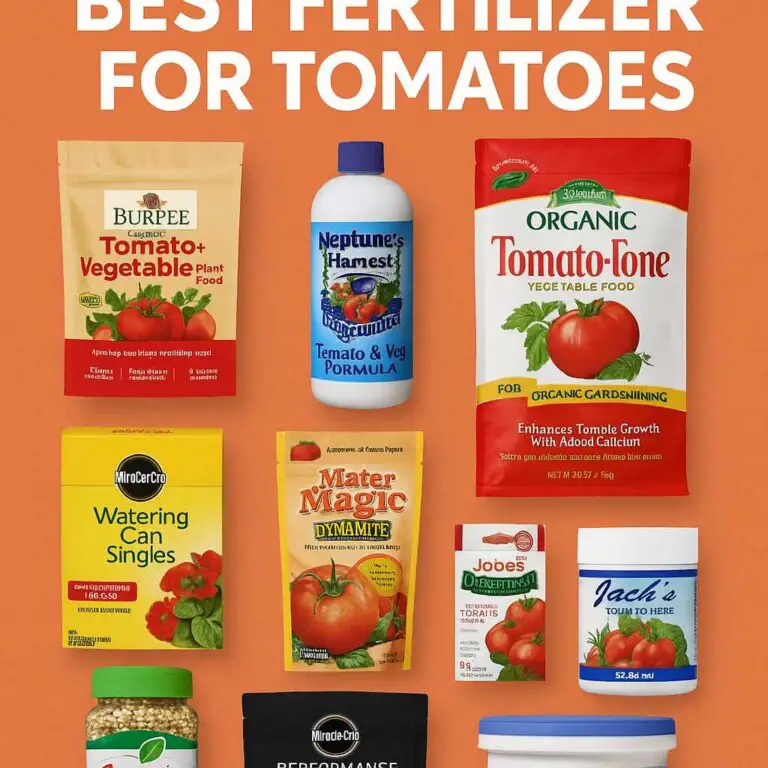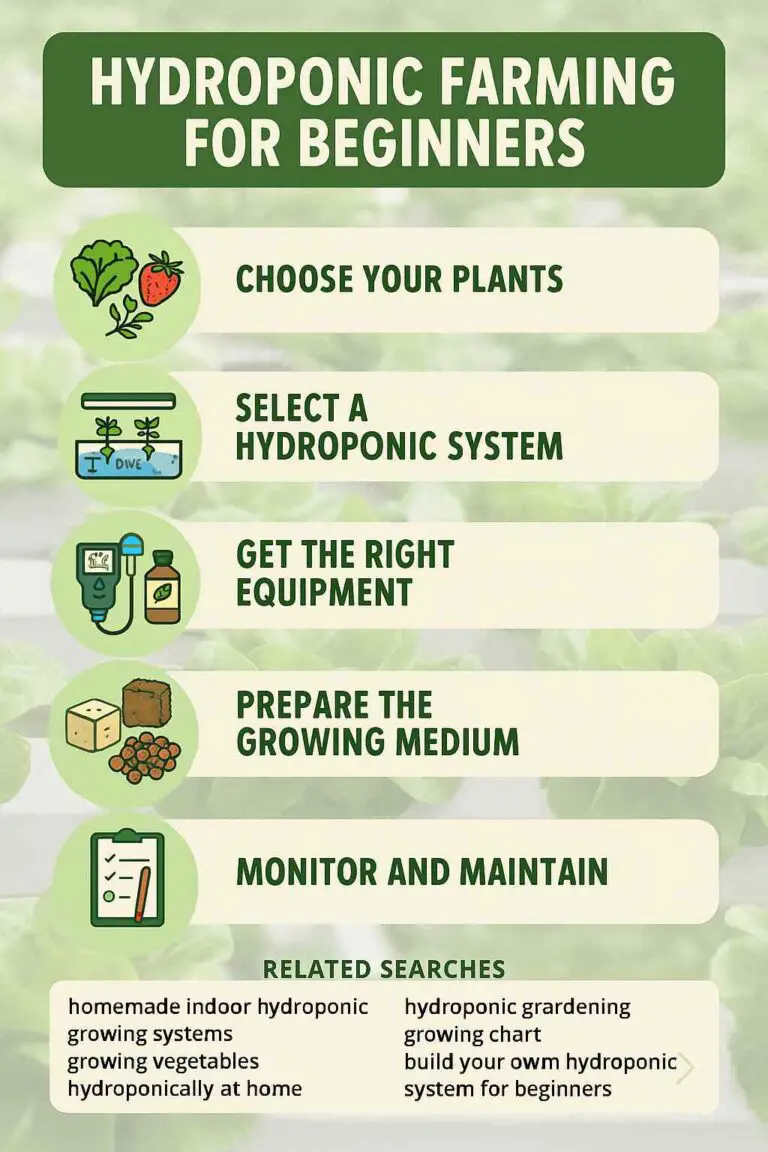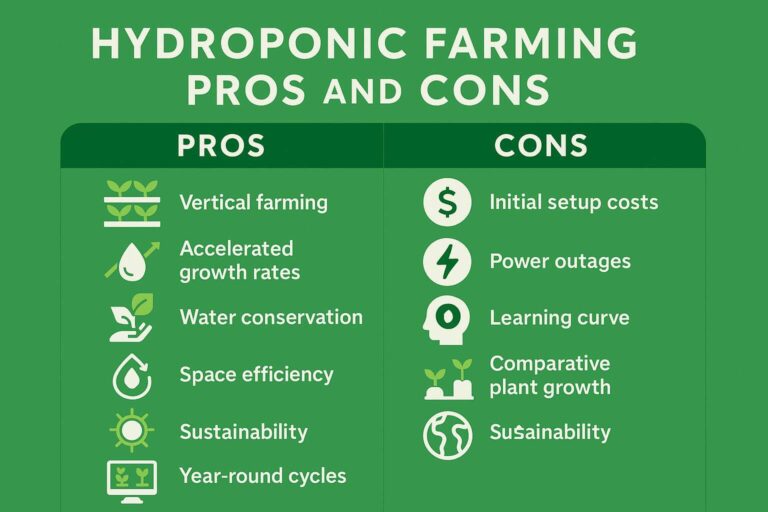Have you ever wondered if gardening is an expensive hobby or if there are cost-effective alternatives? As gardening continues to gain popularity, many people are curious about the financial aspects involved.
The cost of gardening can vary depending on various factors, but it doesn’t have to be an overwhelmingly expensive endeavor. While there are upfront expenses for tools, equipment, seeds, and containers, as well as ongoing costs like water usage, fertilizers, and maintenance, gardening can be tailored to fit different budgets. affordable and fulfilling hobby for everyone.
Whether you’re considering starting a garden or exploring hydroponic farming, I’ll explore the costs in detail. In this article, I’ll discuss both the upfront and ongoing expenses associated with gardening, as well as delve into the intriguing realm of hydroponic farming.
Let’s get started!
Understanding Gardening Expenses
When it comes to gardening, there are some initial expenses you’ll encounter. First and foremost, you’ll need some basic gardening tools and equipment such as trowels, hoses, pruners, and gloves. The prices of these tools can vary depending on the quality and brand you choose.
Next, you’ll need to consider the cost of seeds, plants, and containers. The prices of seeds can range from a few cents to a few dollars per packet, depending on the type of plant and where you purchase them. If you prefer buying starter plants, they might be a bit more expensive, but they can save you time and effort.
Containers are another cost to consider. From pots to raised beds, the prices can vary significantly based on size, material, and durability. It’s essential to assess your needs and budget to choose the right containers for your garden.
Exploring ongoing costs
Once your garden is up and running, there are ongoing expenses to keep in mind. Water usage is one of them, especially if you live in an area with water restrictions or high water prices. Installing a rainwater harvesting system or utilizing efficient watering techniques like drip irrigation can help reduce water costs.
Fertilizers, pesticides, and other necessary garden supplies also contribute to ongoing expenses. While organic alternatives might be a bit pricier, they offer a more sustainable and environmentally friendly approach. It’s worth researching and investing in natural pest control methods and organic fertilizers to minimize costs in the long run.
Regular maintenance is another factor that can affect your budget. This includes activities like pruning, weeding, and mulching. While these tasks require time and effort, they help maintain a healthy garden and can reduce the need for costly interventions down the road.
Gardening can be a rewarding and cost-effective hobby, providing you with fresh produce, a sense of accomplishment, and a connection to nature. With a little creativity and smart decision-making, you’ll find that the benefits of gardening far outweigh the expenses.
Hydroponic Farming Expenses
Now, let’s dive into the intriguing topic of hydroponic farming. Hydroponics is a soilless cultivation method that allows plants to grow in nutrient-rich water solutions. This innovative technique has gained popularity due to its potential for increased yields, efficient resource utilization, and the ability to grow plants in limited spaces. However, it’s important to understand the expenses involved in setting up and maintaining a hydroponic system.
Initial investment in hydroponics
Setting up a hydroponic system requires some upfront investment. Firstly, you’ll need to consider the cost of the structure itself. You can choose between ready-made hydroponic kits or building your own system. The price range can vary depending on the size, complexity, and materials used.
In addition to the structure, specialized equipment is necessary for successful hydroponic farming. Grow lights are essential for providing the right spectrum of light for plant growth, especially when growing indoors. The cost of these lights varies based on the type, wattage, and brand you choose.
Another essential component is the water pump, which circulates the nutrient solution throughout the system. The cost of pumps can vary depending on the size and efficiency you require.
Ongoing costs in hydroponics
In hydroponics, electricity costs are an important factor to consider. Since hydroponic systems rely on artificial lighting, maintaining the ideal light conditions can result in higher energy consumption. It’s crucial to factor in these costs when planning your hydroponic farm.
Monitoring nutrient levels and pH is essential for the health and productivity of your plants. This involves using testing kits or meters to ensure the nutrient solution is balanced. Although these kits have an upfront cost, they are a worthwhile investment for maintaining optimal growing conditions.
Another ongoing expense is the need to replenish or replace the growing media and nutrient solutions. Some growing media, such as rockwool or coconut coir, may need to be replaced periodically to ensure a clean and healthy environment for your plants. Similarly, nutrient solutions will need to be refreshed to maintain the right balance of nutrients.
While hydroponic farming does require an initial investment and ongoing expenses, it offers several advantages, including faster growth rates, higher yields, and the ability to control environmental factors. Additionally, the precise management of resources in hydroponics can result in reduced water usage and nutrient waste, making it a potentially more sustainable farming method in the long run.
Factors Influencing Gardening Expenses
One of the factors that can influence gardening expenses is the climate and geographical location where you live. Different regions have varying weather conditions, temperature ranges, and precipitation patterns, which can impact the types of plants you can grow and the resources you need.
In regions with extreme climates, such as hot summers or harsh winters, you might need additional tools, resources, or protective measures to ensure the survival and thriving of your plants. This can include investing in shade cloth or frost protection materials, which can add to the overall expenses of gardening.
Scale and complexity of the garden
The size and complexity of your garden can also affect expenses. If you have a large garden or plan to expand it, you may need to invest in additional tools, equipment, and materials to maintain and cultivate the space effectively. This can include items like wheelbarrows, larger watering systems, or specialized machinery for larger-scale gardening.
Similarly, if you decide to incorporate landscaping features, raised beds, or irrigation systems, these can add to the upfront costs. However, it’s important to note that such investments can also bring long-term benefits and convenience in terms of maintenance and water efficiency.
Gardening techniques and preferences
The gardening techniques you choose to adopt and your personal preferences can influence expenses as well. For example, if you opt for organic gardening practices, you might incur higher costs for organic seeds, natural fertilizers, and pest control methods. However, many gardeners find the benefits of organic gardening, such as reduced chemical exposure and a healthier ecosystem, well worth the investment.
Similarly, if you have a preference for growing rare or exotic plants, acquiring those plants or seeds might be more expensive compared to more common varieties. These unique plants often require specific care and conditions, which can add to the overall gardening expenses.
Remember, gardening expenses can vary widely, and there are always ways to be mindful of your spending without compromising on the joy and rewards that gardening brings.
The Cost of Potting Soil:
Potting soil is a vital component in gardening, especially for container plants. It provides the necessary nutrients, drainage, and aeration for healthy root development. However, the cost of potting soil can vary depending on factors such as quality, composition, and additional additives.
Commercial potting soil mixes that are readily available in stores often offer a blend of organic matter, such as peat moss or coconut coir, along with other components like perlite or vermiculite for improved drainage and air circulation. These pre-packaged mixes are convenient but can be more expensive due to the processing, packaging, and branding involved.
On the other hand, basic soil amendments like compost or garden soil can be used as cost-effective alternatives to commercial potting soil. You can create your own DIY potting mix by combining these amendments with other materials like perlite or sand to enhance drainage.
It’s important to note that while commercial potting soil may have a higher price tag, it often undergoes quality control measures to ensure consistency and reliable performance. DIY mixes, while budget-friendly, may require more attention and experimentation to achieve the desired plant growth.
Alternatives to commercial potting soil
If you’re looking to reduce your gardening expenses, there are several alternatives to consider apart from commercial potting soil. One option is creating your own compost. Composting allows you to recycle organic waste from your kitchen or garden, transforming it into nutrient-rich soil amendment. This not only reduces costs but also promotes sustainability and reduces waste.
Additionally, you can explore local resources such as municipal composting facilities or community composting programs, which might offer affordable or even free compost for gardeners.
Another alternative is utilizing garden soil or topsoil mixed with organic matter like compost or well-rotted manure. This mixture can provide a suitable environment for plant growth, although it may require additional amendments to ensure proper drainage.
When using alternatives to commercial potting soil, it’s important to consider the specific needs of your plants. Some plants, like succulents or cacti, require well-draining soil, while others might prefer a more moisture-retaining mix. Understanding your plants’ requirements will help you choose the most suitable potting medium.
While potting soil is an important investment, it’s just one aspect of gardening, and there are many other ways to minimize expenses and enjoy the rewards of nurturing a thriving garden.
Conclusion
In conclusion, the cost of gardening is subjective and can vary based on individual circumstances and preferences. While there are expenses involved in terms of tools, equipment, materials, and ongoing maintenance, it’s important to note that gardening can be tailored to fit different budgets. By being resourceful, exploring cost-effective options, and prioritizing your spending, you can create a beautiful and thriving garden without overspending.
Gardening offers numerous benefits, including the opportunity to grow your own food and connect with nature, making it a worthwhile investment regardless of the level of expenses involved. So, whether you have a tight budget or are willing to make larger investments, gardening can be enjoyed by anyone who has a passion for plants and a desire to nurture a green space.
Happy gardening, and may your garden thrive in both beauty and budget!
Next Read: Is Gardening A Workout? Exploring The Health Benefits And Exercise Potential




